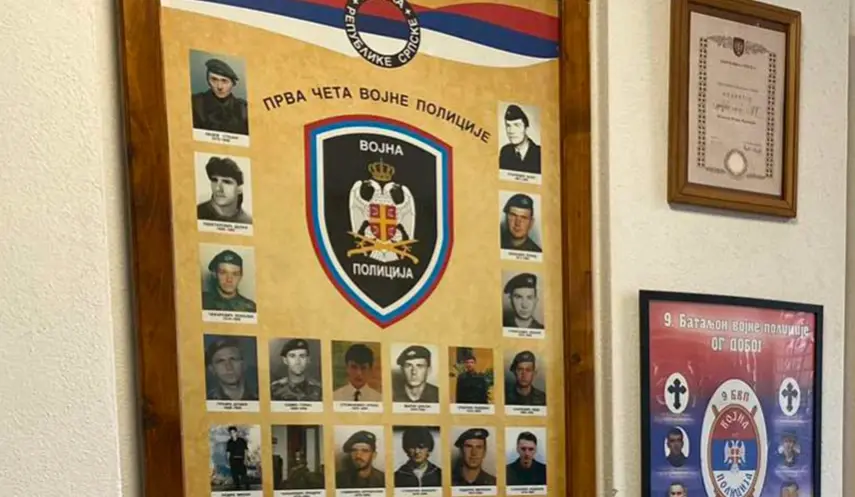IVANEŽA: I WRAPPED SEVERED ARM IN A T-SHIRT
Croatia - Operation Storm - testimonies
07/24/2025
09:39
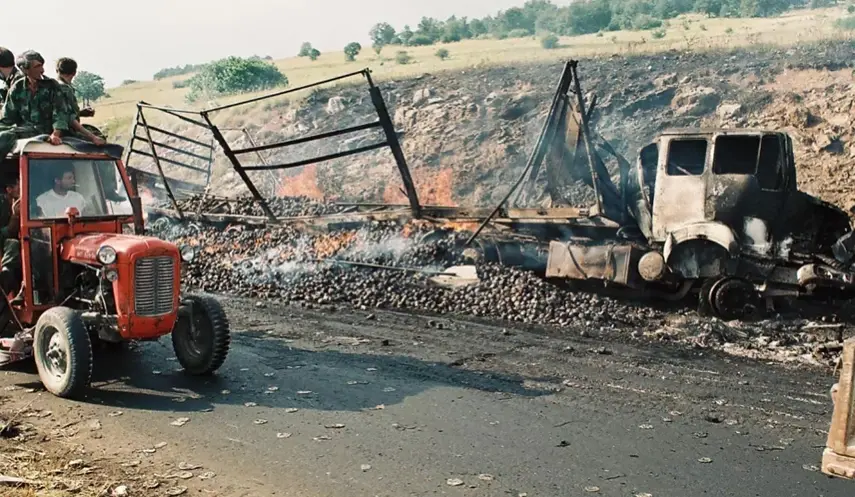
BELGRADE, JULY 24 /SRNA/ – Duško Ivaneža, who was seriously wounded during the Croatian bombing of a convoy of Serb refugees on the Petrovačka Road in 1995, said that he almost lost his arm at that time, suffered numerous burns, and later learned he also had shrapnel in his head.
In a statement for SRNA, he recalled that day when he heard cries and screams reaching up to the heavens, sounds he says he will never forget, coming from the truck where his three little daughters and wife were, together with the family of his murdered neighbor Stijelja and many others.
"It all happened around half past eleven or twelve. I didn't see or hear anything. Suddenly the two of them were dead, and I was severely wounded. Mirko's head was blown off, his brain spilled all over me, and Branko was hit right in the forehead, splitting his head in half," Ivaneža said.
That was when he saw that his left arm had been torn off, and he wrapped it in a t-shirt to try to save it.
He explained that he had been the passenger, with Branko sitting behind him, his first neighbor from Zagrada near Benkovac. After being wounded, he was transported by helicopter to Banja Luka where he underwent surgery.
"I had numerous burns, my burnt flesh was exposed. They had to graft muscles from elsewhere. Only later did I find out I had shrapnel in my head," Ivaneža said.
Alongside him, seven other severely wounded people were transported, all in critical condition.
"I don't know when Mirko's wife was transported. She was also wounded, and pregnant. She gave birth to a little girl soon after that in Serbia, but died immediately," Ivaneža said.
After the painful exile and fighting for bare survival with a disability pension of barely EUR 200, Ivaneža now lives with his wife in their family house in Bačmen near Belgrade, and says his six grandchildren give him all the joy in the world.
He has visited his homeland several times, which he left on August 5, 1995, in a convoy stretching endlessly from Benkovac, Knin, Srb to Bosanski Petrovac, most recently when his father died in 2014.
"Now only two or three old people live permanently in Zagrada. Our vineyards and olive groves are deserted. I didn't even lock my house when we left. What did the Croats gain from `Operation Storm`? Nothing. They would love for us to return," Ivaneža said.
He recently testified in the trial against Croatian pilots before the Special Court in Belgrade.
"About eight years ago, I was called to the BiH embassy in Belgrade about the crime on Petrovačka Road. They asked me if I knew who was flying the plane. How would I know! They said the plane took off from Split and the pilot was Ivica Šišić. They even asked if we were related. How could we be related?" Ivaneža asked.
He said that for the 30th anniversary of Operation Storm, he would like to attend the commemoration in Bosanski Petrovac, but that it is difficult since no organized transport is provided.
The criminal operation “Storm” began on August 4, 1995, with an offensive by the Croatian army, police, and HVO units in the areas of Banija, Lika, Kordun, and northern Dalmatia.
The following day, August 5, Croatian forces entered almost deserted Knin and raised the Croatian flag, while convoys of refugees moved through Serb territories in BiH towards Serbia.
According to Veritas data, during Operation Storm, more than 220,000 Serbs were expelled, with 1,893 killed or missing, of whom 1,236 were civilians /65%/, and around three-quarters were over 60 years old.
In its February 2015 ruling, the International Court of Justice classified Operation Storm as ethnic cleansing but not genocide, although global experts argue the operation had all the characteristics of genocide.
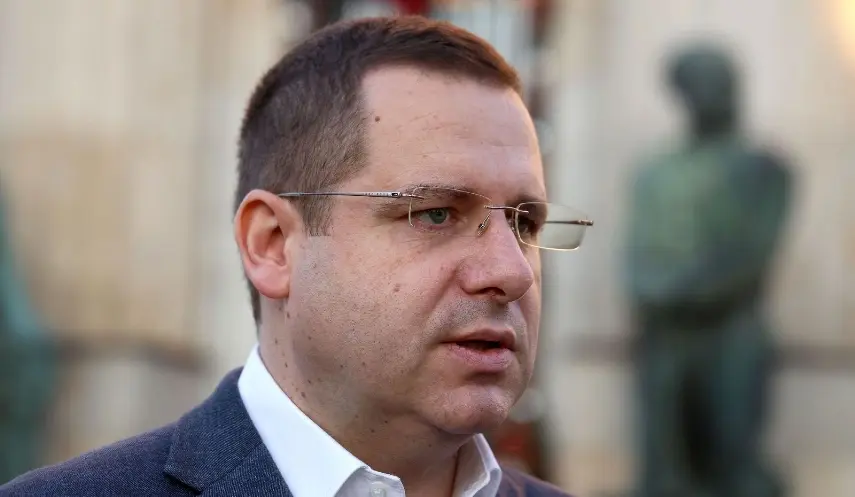
KOVAČEVIĆ: SNSD HAS ALWAYS BEEN AND WILL REMAIN SERB PEOPLE’S CHOICE
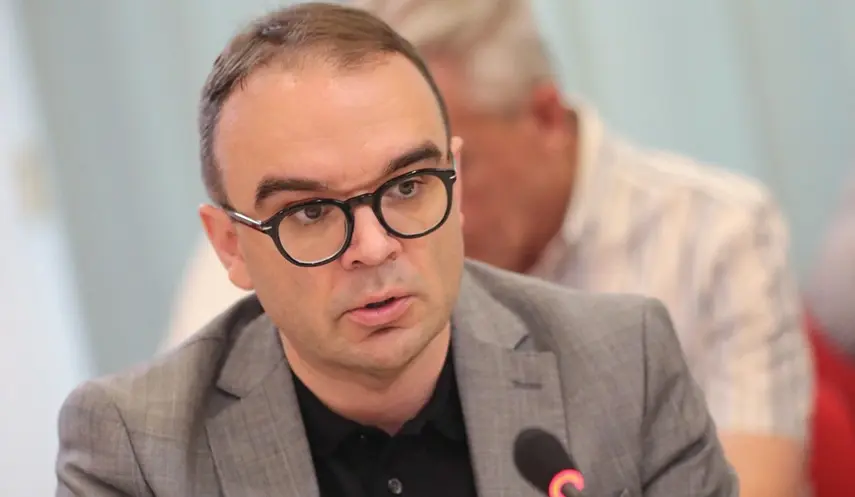
TRAGICOMICAL THAT LAGUMDŽIJA, WHO WAS EXPELLED FROM HIS OWN PARTY, IS GIVING ADVICE
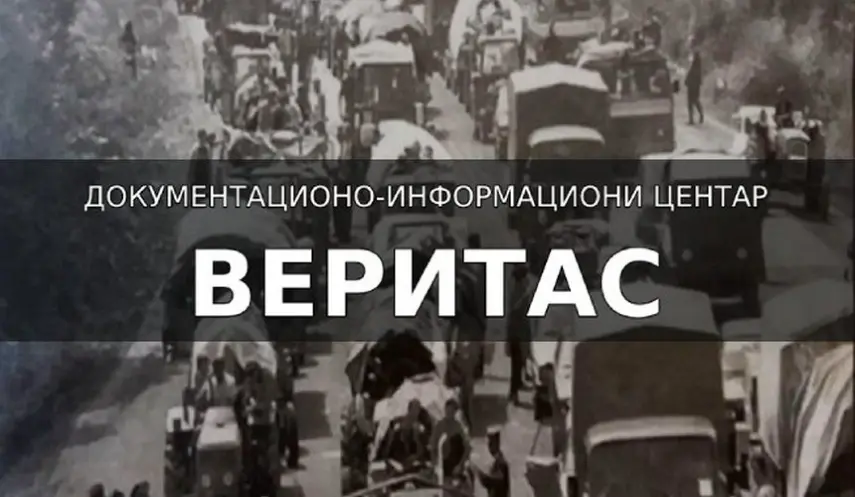
EIGHT SERBS ARRESTED SINCE THE BEGINNING OF THE YEAR ON CROATIAN INDICTMENTS
